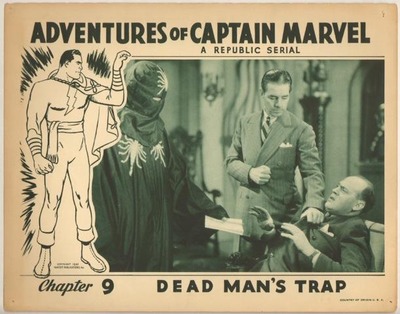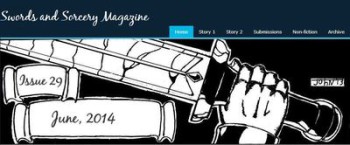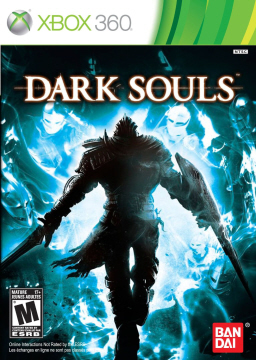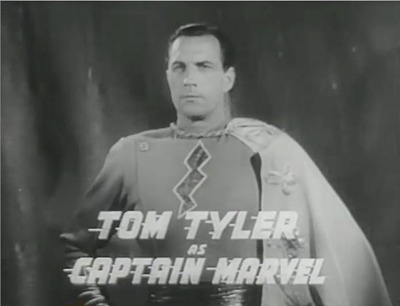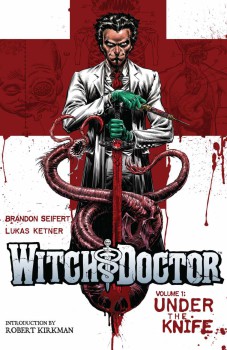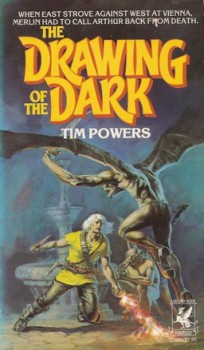Rocket Girl: Times Squared
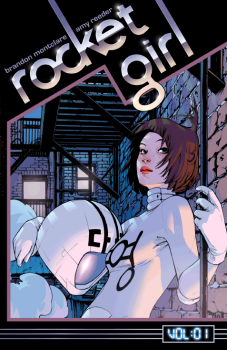 One of the chief appeals of this comic, for me at least, is nostalgia. The story moves between two bygone eras: the 1980s and the future. I grew up in the 1980s and, like a lot of people my age, had almost as solid of an idea of what the future looked like as the present. In 1986, we all knew about the future. We’d been seeing it for decades on television and in the movies, after all. The future was filled with steel and plastic, robots and flying cars, bright colors and hope. Sure, there were some stories out there where the future turned out horrible, but we understood these as cautionary tales, warnings about the problems we’d avoid to guarantee that amazing era of endless innovation. We knew that 2013 would be so different from 1986 that anyone stepping through a time machine would think he’d set foot on an alien world. Even the slang would be different. But, for better or worse, that future is now past.
One of the chief appeals of this comic, for me at least, is nostalgia. The story moves between two bygone eras: the 1980s and the future. I grew up in the 1980s and, like a lot of people my age, had almost as solid of an idea of what the future looked like as the present. In 1986, we all knew about the future. We’d been seeing it for decades on television and in the movies, after all. The future was filled with steel and plastic, robots and flying cars, bright colors and hope. Sure, there were some stories out there where the future turned out horrible, but we understood these as cautionary tales, warnings about the problems we’d avoid to guarantee that amazing era of endless innovation. We knew that 2013 would be so different from 1986 that anyone stepping through a time machine would think he’d set foot on an alien world. Even the slang would be different. But, for better or worse, that future is now past.
So, Rocket Girl starts in 1986, where a team of young quantum engineers (just run with it) are testing their Q-engine (which, for the story, is essentially a McGuffin device), when Dayoung Johansson, teen police officer from the year 2013, appears and places them all under arrest for crimes against time. Then she passes out.
As the story progresses, we get further clues to the exact nature of the “crimes” that have been perpetrated (or which will be perpetrated, given your point of view), with the implication that Dayoung’s actions in 1986 will either completely erase the 2013 she knew or unintentionally ensure that it happens. Meanwhile, as long as she’s in 1986 New York, she decides to use her futuristic technology (including her standard-issue rocketpack) to fight the crime and corruption that infests the city. Curiously, helping innocent people is not misinterpreted, she is not labeled a freak, and people treat her like a hero. It’s been a while since we’ve seen something that upbeat in a comic book.
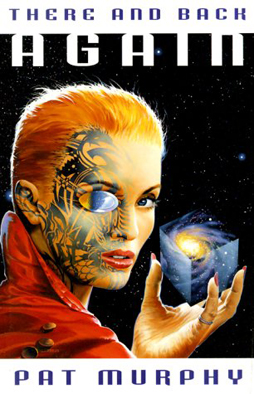 There was an extended period of time in the 1990s and the first decade of this century when I didn’t read much science fiction or genre fantasy. I started reacquainting myself with these fields a few years ago and I’m still in the process of learning what I missed. It’s not uncommon for me to only now find out about an author who established themselves during those years. Which brings me around to Pat Murphy.
There was an extended period of time in the 1990s and the first decade of this century when I didn’t read much science fiction or genre fantasy. I started reacquainting myself with these fields a few years ago and I’m still in the process of learning what I missed. It’s not uncommon for me to only now find out about an author who established themselves during those years. Which brings me around to Pat Murphy.